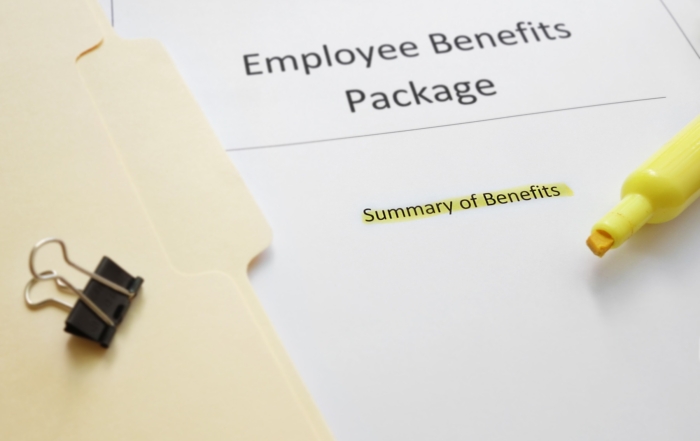The AICC is a self-insured Workers’ Compensation program serving businesses in the automotive, roads, fuel, and related industries in Massachusetts. Each year, members recieve:
- Huge up-front discounts in premium dollars
- Since inception in 1996, the AICC has generated over $12 million in dividends and an additional $13 million in upfront premium savings for its members.
- Free, unlimited loss control services
- Online access to claims 24/7
- Proactive claims management: The medical management team is in contact with all parties involved within 24 hours of a claim. Our team manages all aspects of a claim from the beginning, so you have confidence a solution will be in place quickly and effectively.
- Best in class service from a dedicated team of professionals
- Managed membership: strict guidelines and board vote before new members are accepted into the AICC
- 99% member retention rate
- Average member saves 40% in Workers Compensation
Over 250 companies participate in the AICC program in Massachusetts. Costs are lower as the group as a whole continues to perform extremely well, and claims are often lower as claims are improved due to our member businesses taking a heightened interest in preventing claims as well as controlling costs through more hands-on managed care services that the AICC provides.
Please contact us to find out more about how your business can benefit from our nationally recognized Workers Compensation program.
Recent Posts
The U.S. Department of Labor Announces Proposed Rule To Protect Indoor, Outdoor Workers From Extreme Heat
The U.S. Department of Labor has proposed a new rule aimed at protecting workers from extreme heat hazards. This initiative seeks to safeguard approximately 36 [...]
Supreme Court Overturns Chevron Deference: What It Means for Workplace Safety and Regulation
The landscape of federal regulation is set for a seismic shift following a recent Supreme Court decision. On June 28, in Loper Bright Enterprises, et [...]
Navigating the Compliance Maze: How NARFA Simplifies Employee Benefits for Automotive and Trade Industries
In today's complex regulatory environment, businesses in the automotive, roads, fuel, and related industries face unprecedented challenges in managing employee benefits. Recent studies show that [...]




